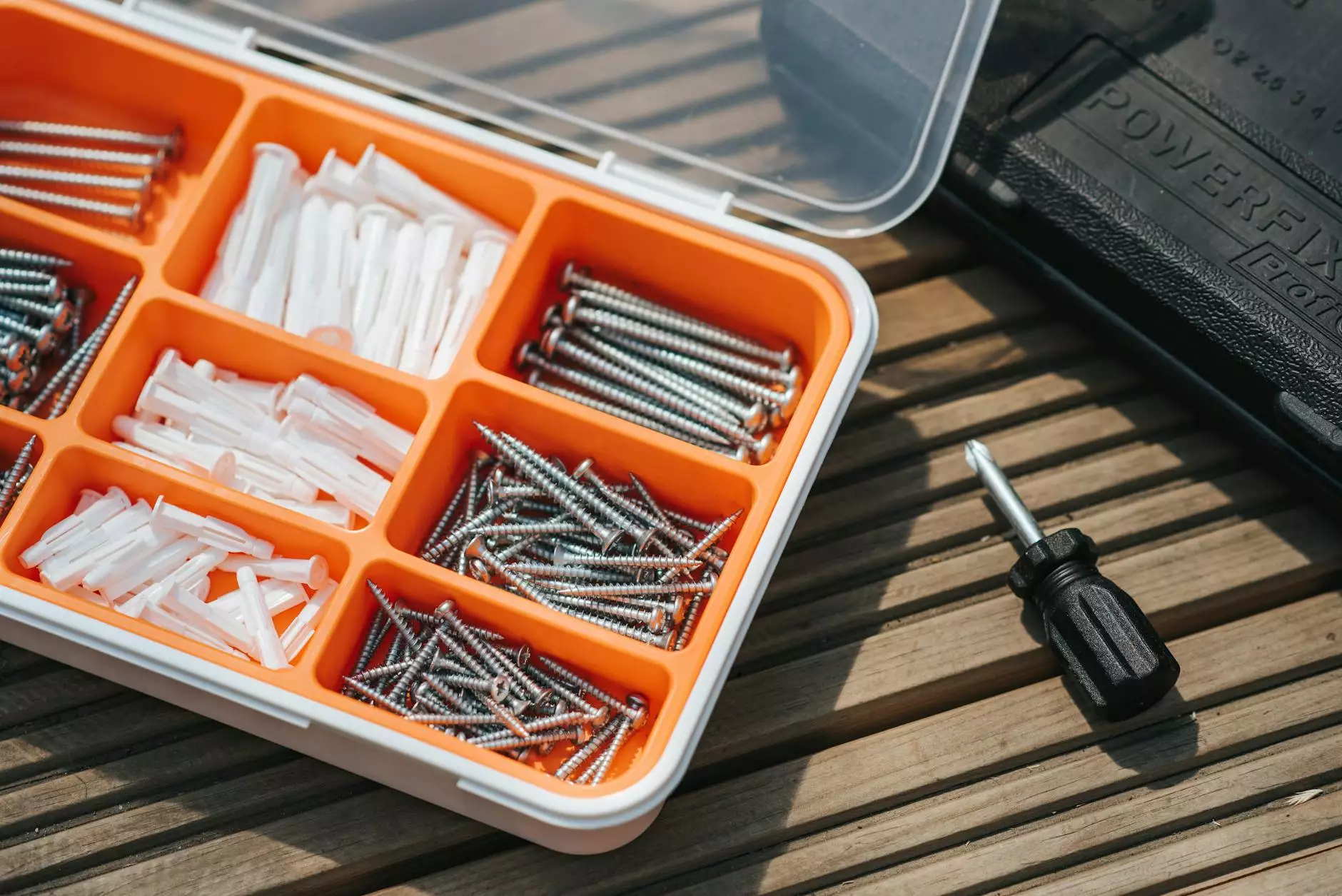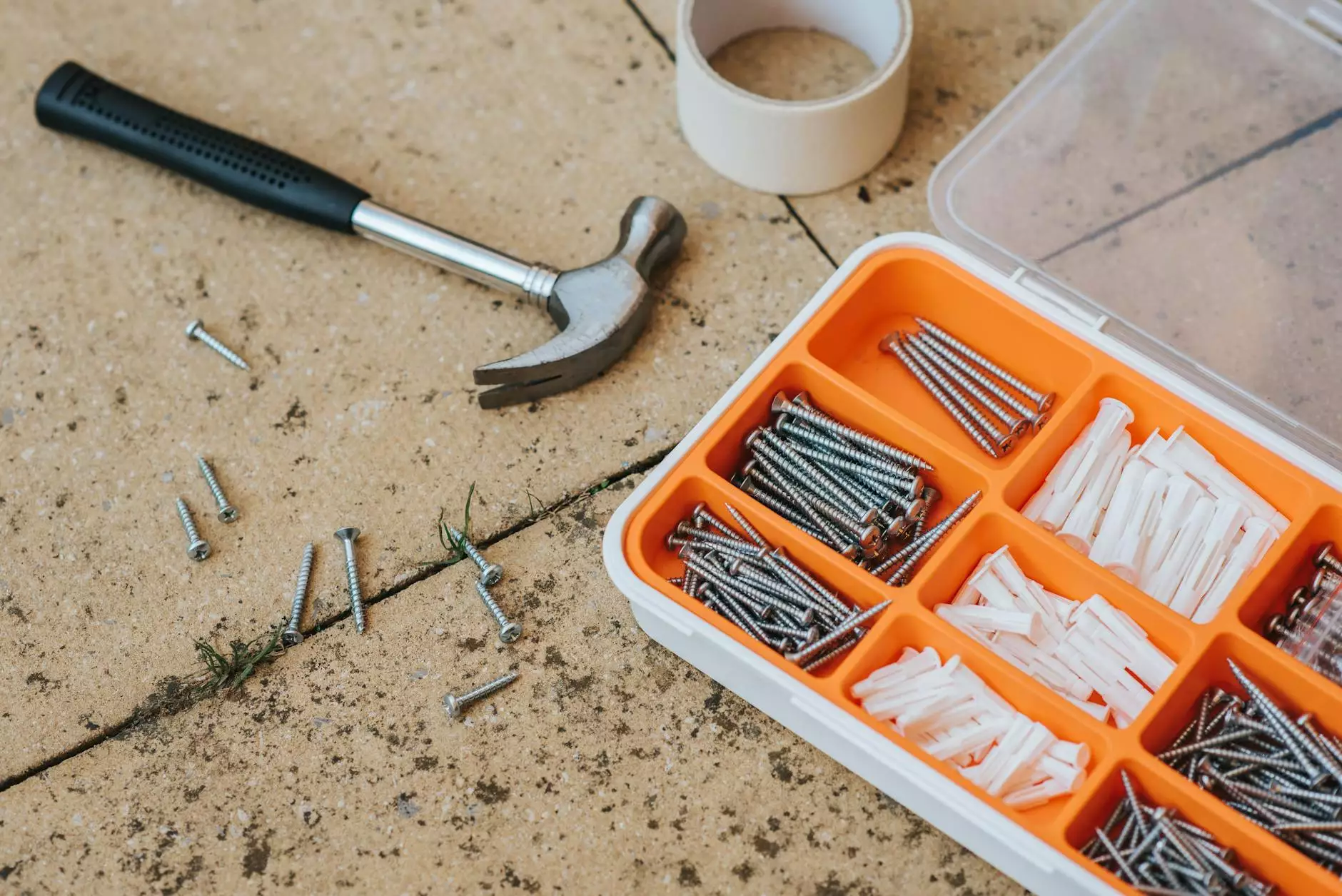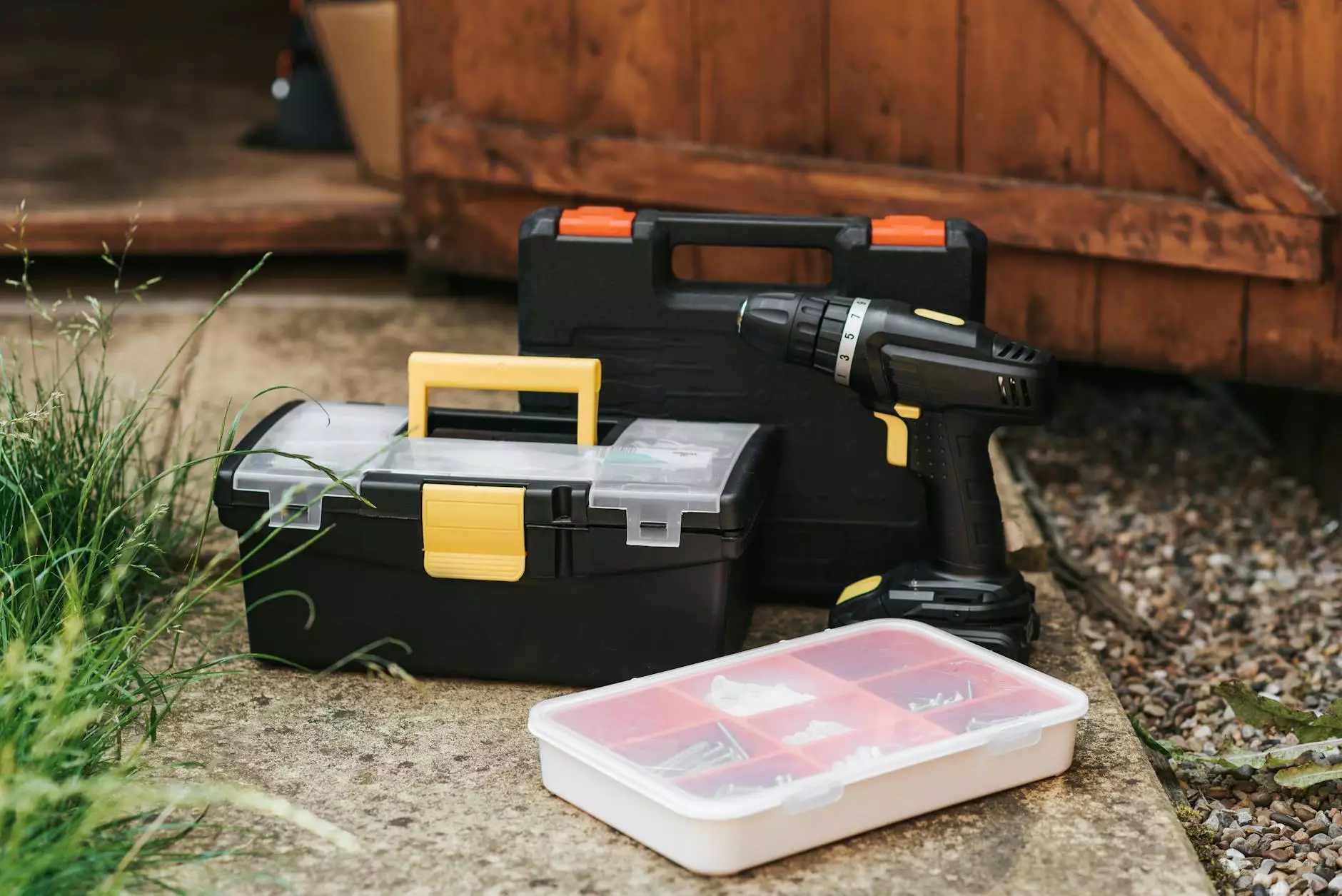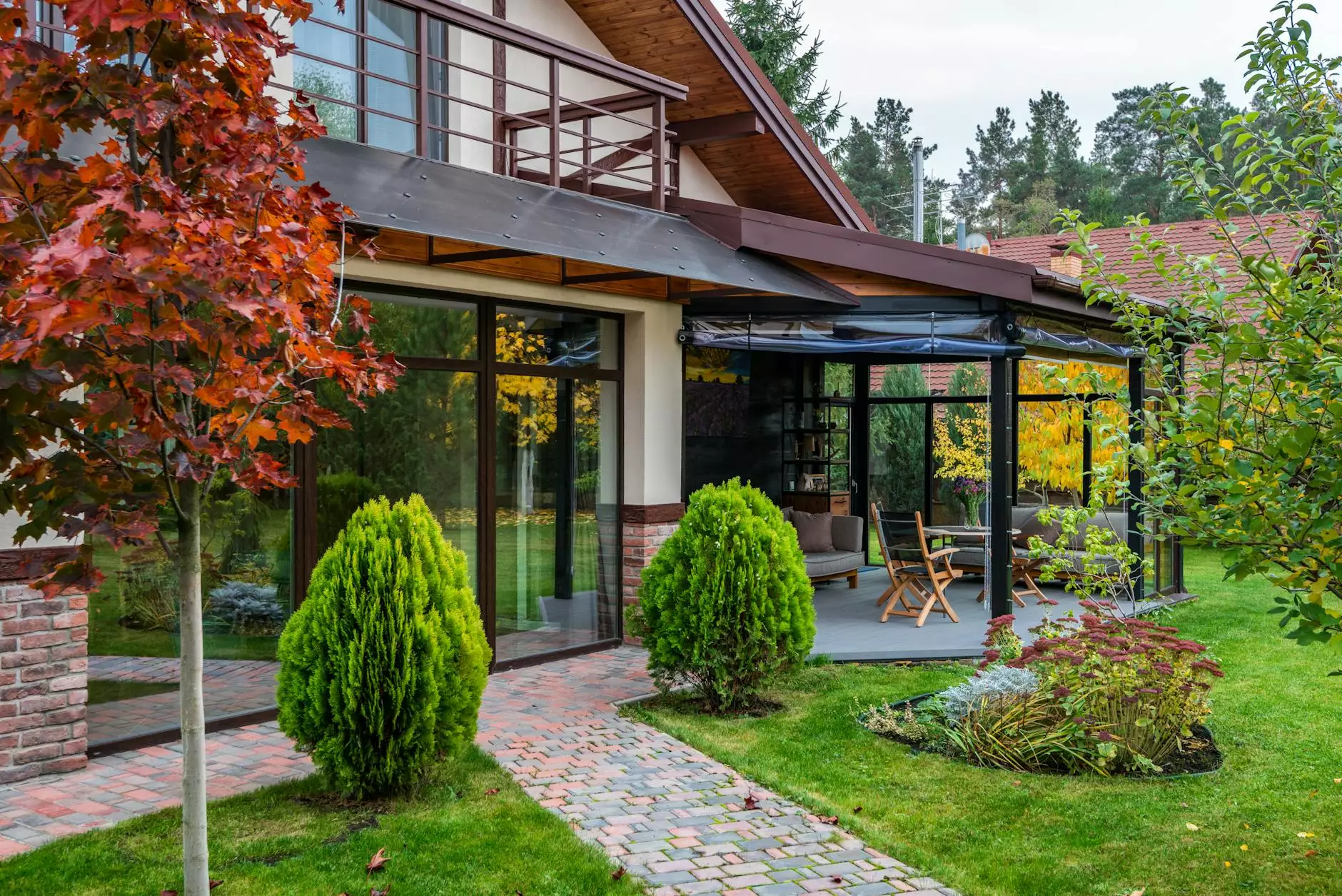Welcome to Clauson Construction - Delivering Excellence in Construction Services
Introduction
Clauson Construction is a leading construction company that specializes in delivering excellence in construction services. With over a decade of experience in the industry, we take pride in our ability to handle a wide range of construction projects with professionalism and utmost precision.
Our Expertise
At Clauson Construction, we have a dedicated team of highly skilled professionals who are experts in their respective fields. From residential to commercial projects, we offer a comprehensive range of construction services, including:
- Custom Home Construction
- Remodeling and Renovation
- Commercial Construction
- Interior and Exterior Design
- Structural Engineering
- Project Management


Quality Assurance
Our commitment to delivering top-notch quality is unparalleled. We adhere to strict quality control measures and use only the finest materials and construction techniques. Our attention to detail ensures that every project we undertake exceeds our clients' expectations.
Customer Satisfaction
At Clauson Construction, customer satisfaction is at the core of everything we do. We believe in fostering strong relationships with our clients based on trust, transparency, and open communication. Our team works closely with clients throughout the entire construction process to ensure their vision is realized.
Project Gallery
Take a look at our project gallery to browse through some of our completed works. We take pride in the high-quality craftsmanship and attention to detail displayed in each project.
Why Choose Clauson Construction
There are several reasons why Clauson Construction is the preferred choice for construction services:
- Experience: With over a decade of experience, we have successfully completed numerous projects, building a solid reputation in the industry.
- Expertise: Our team of professionals possesses the knowledge and expertise to handle projects of any scale and complexity.
- Quality: We are committed to delivering
- Customer Focus: We prioritize customer satisfaction and strive to exceed expectations by understanding our clients' needs and delivering tailored solutions.
- Efficiency: With our efficient project management and streamlined processes, we ensure timely completion of projects without compromising on quality.
- Transparency: We maintain open and transparent communication with our clients, keeping them informed at every stage of the construction process.
- Attention to Detail: Our keen attention to detail ensures that every element of the project is meticulously executed to perfection.

Contact Us
If you are looking for a reliable construction partner for your upcoming project, Clauson Construction is here to assist you. Contact us today to discuss your requirements and let us turn your vision into a reality.
Clauson Construction - Delivering Excellence in Construction Services
Phone: (123) 456-7890
Email: [email protected]
Address: 123 Main Street, City, State ZIP
Special Promo and Cash Discounts with Tru Form Tiny
Discover the special promotional offers and cash discounts available with Tru Form Tiny homes. Clauson Construction offers high-quality tiny homes with exceptional craftsmanship and attention to detail. Learn more about our exclusive promotions today.
Continue reading

Payette Urban 31 with Extended Dormers
Welcome to Clauson Construction's page on the Payette Urban 31 with Extended Dormers. This high-quality home design offers stunning urban living with the added luxury of extended dormers. Learn more about the features, benefits, and customization options of this beautifully crafted urban home.
Continue reading
